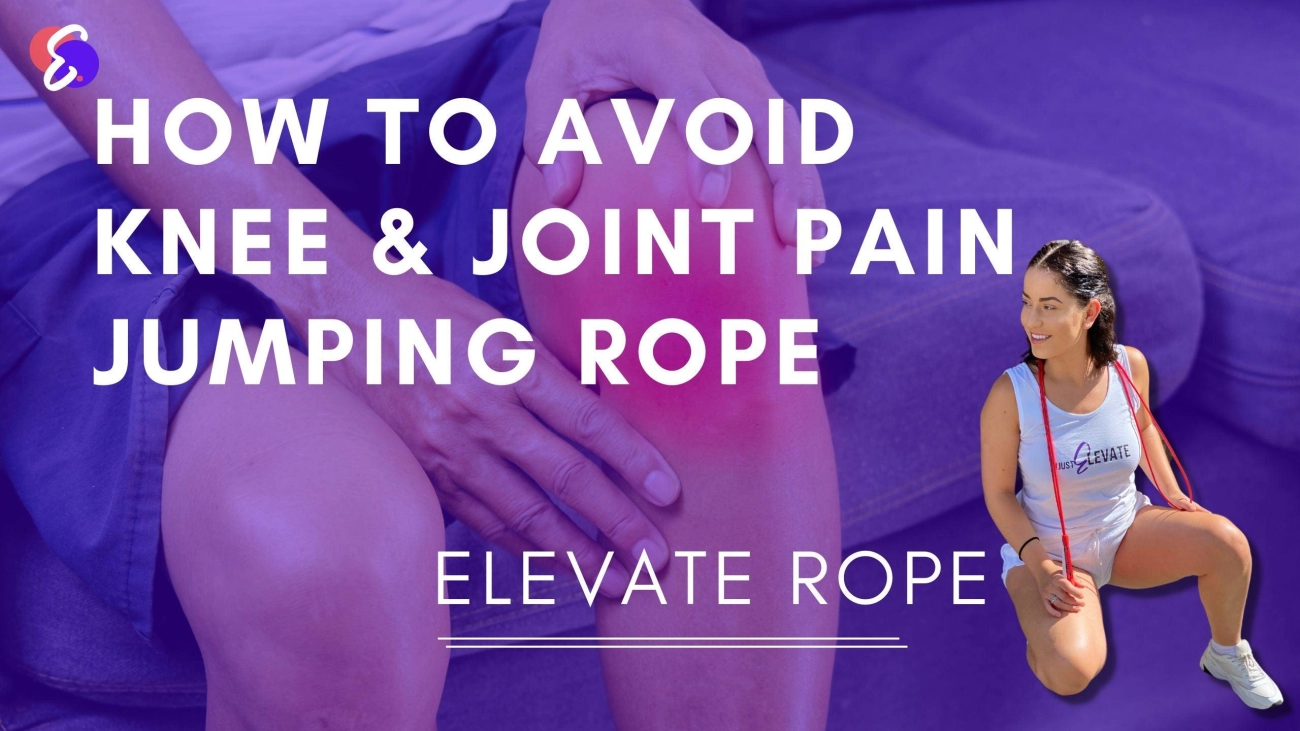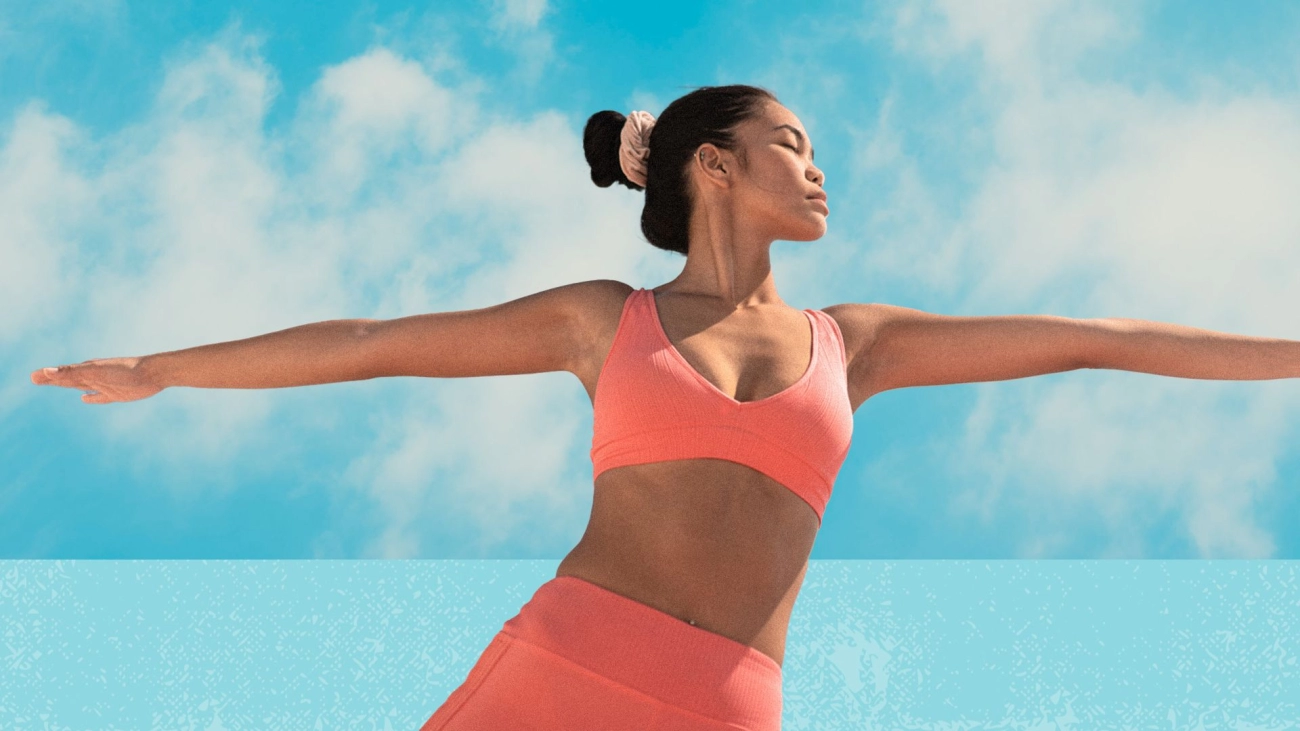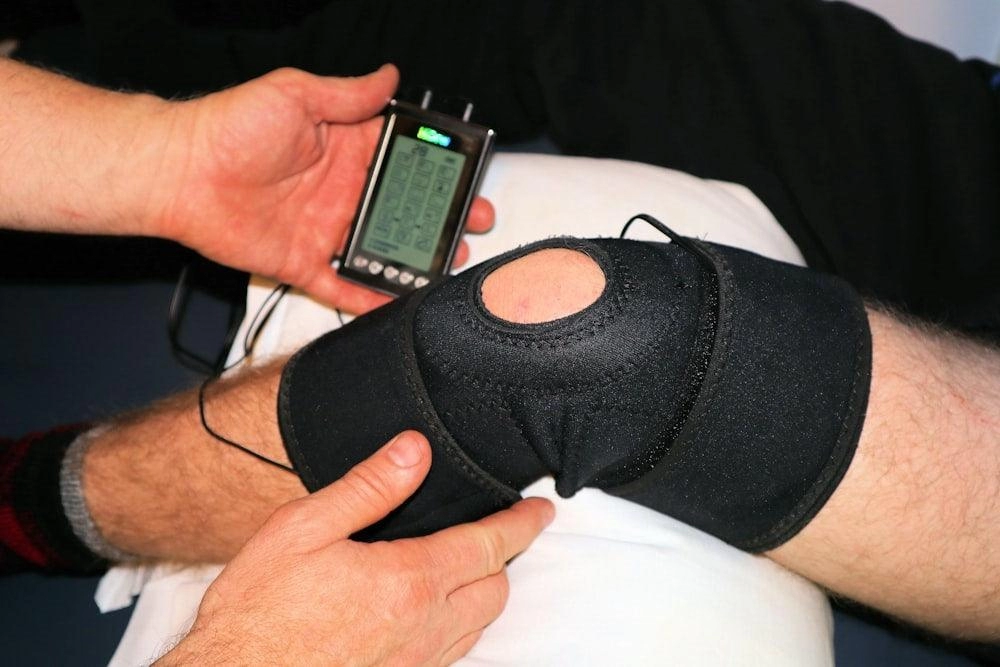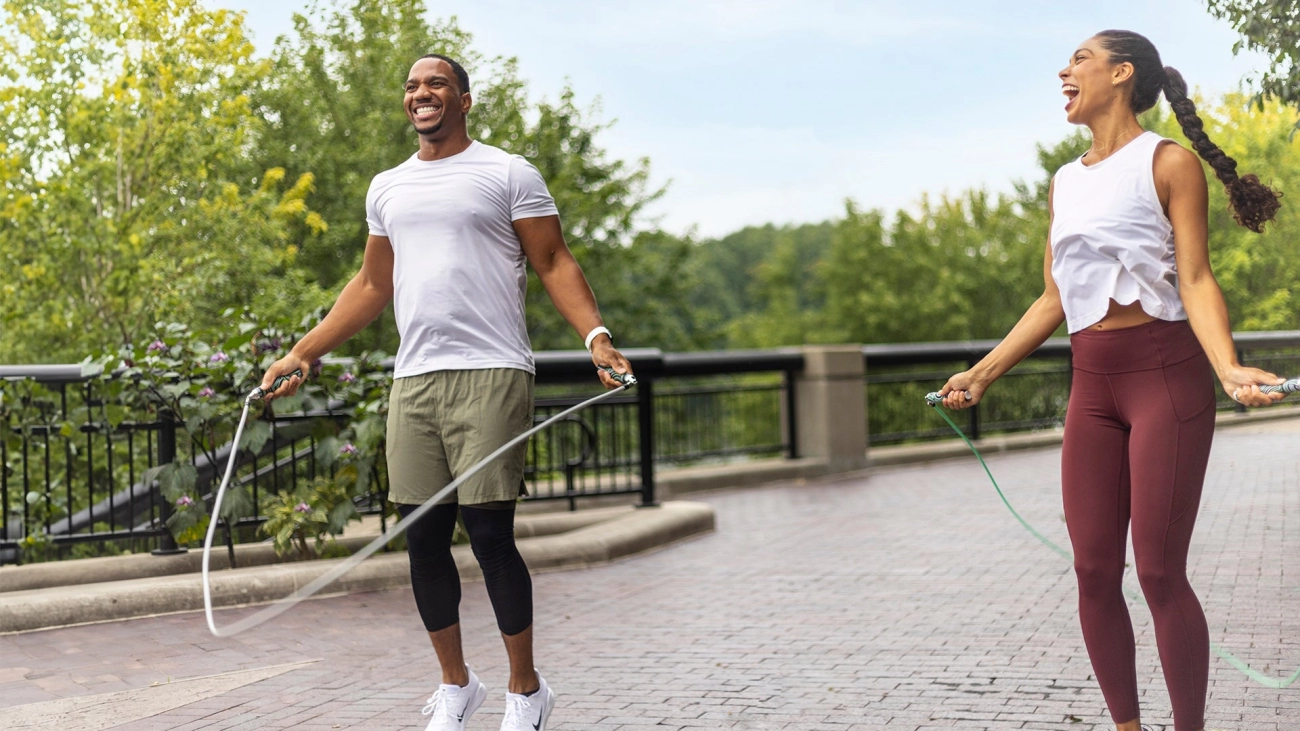Knee Pain from Skipping Rope
If you’ve noticed knee pain after a jumping rope workout, you’re not alone. Skipping rope is a high-impact exercise that puts repeated stress on your knee joints. To understand why knee pain happens, it helps to know a bit about the anatomy of the knee and how jumping affects it.
The knee is a complex joint made of bones, cartilage, ligaments, and tendons that work together to provide stability and flexibility. When you jump rope, your knees absorb the impact of each landing. This repeated force can strain the ligaments and cartilage, especially if your jumping technique or overall conditioning isn’t quite right.
Impact of Jumping Movements on the Knee
- Repetitive high-impact forces increase pressure on the knee joint.
- Sudden twisting or awkward landings can cause ligament strain or meniscus tears.
- Overloading weak muscles around the knee leads to imbalance and stress.
- Inadequate shock absorption due to poor footwear or surface compounds the problem.
Common Causes of Knee Pain When Skipping Rope
Understanding why knee pain happens helps prevent it. Here are the frequent causes of skipping rope knee pain:
- Poor Skipping Rope Technique – landing hard on flat feet instead of soft landings on the balls of your feet.
- Wrong Footwear – shoes without enough cushioning or support do not absorb impact well.
- Unsuitable Jumping Surface – hard concrete or rough floors increase joint stress.
- Overuse and Lack of Rest – too much jumping without recovery inflames knee tissues.
- Muscle Weakness – weak quadriceps, hamstrings, and calves cannot stabilize the knee properly.
- Incorrect Rope Length or Type – ropes that are too long or heavy affect your timing and landing.
- Pre-existing Knee Conditions – arthritis, tendinitis, or other injuries can flare up with jumping.
By recognizing these causes, you’ll be better equipped to protect your knees and enjoy skipping rope safely. In the next sections, we’ll dive into how to prevent knee pain through proper technique, equipment choice, and helpful exercises.
How to Prevent Knee Pain During Skipping Rope

Preventing knee pain while skipping starts with a few key habits. From technique to gear, taking care of your knees means addressing several areas at once.
Proper Skipping Rope Technique for Knee Health
Using the right technique can significantly reduce knee stress. Focus on:
- Landing softly on the balls of your feet, not your heels, to absorb impact better.
- Keeping your knees slightly bent when you land to avoid locking them.
- Avoiding high jumps; keep your jumps low and controlled to reduce pressure on your joints.
- Maintaining good posture—keep your back straight and engage your core to support your entire body.
Choosing the Right Footwear
One of the biggest factors in avoiding knee pain from skipping rope is wearing the best shoes for jumping rope to avoid knee pain. Look for shoes that offer:
- Good cushioning to absorb shock.
- Proper arch support aligned with your foot type.
- A stable sole to prevent excessive foot motion that can strain knees.
Avoid running shoes with overpronation or worn-out soles, as they can cause uneven pressure on your knees.
Selecting the Right Surface for Skipping Rope
Skipping on hard surfaces like concrete can increase knee strain. Ideal surfaces include:
- Wooden or rubber gym floors which provide some bounce and cushioning.
- Outdoor rubber mats or padded surfaces that reduce impact.
- Avoid hard, uneven, or slippery floors that can contribute to knee injuries.
Rope Selection and Jump Rope Length Adjustments
Choosing the right rope and length impacts your form and can help prevent knee injuries:
- Use a rope that suits your height and skill level; too long or too short ropes force awkward jumping patterns.
- PVC and beaded ropes offer different weights—lighter ropes for beginners reduce joint stress.
- Make length adjustments so the rope just reaches your armpits when standing on the middle of it.
Warm-up Stretching and Strengthening Exercises for Knee Protection
Before you start, prepare your knees with targeted warm-ups:
- Dynamic stretches like leg swings and knee circles increase blood flow.
- Strengthen muscles around your knees with exercises such as:
- Quadriceps and hamstring curls
- Calf raises
- Glute bridges
- Strong muscles help stabilize your knee joint and absorb impact better during skipping.
By paying attention to your technique, gear, surface, rope choice, and proper warm-up, you can significantly reduce the chances of experiencing knee pain after jumping rope workouts. All these combined create a safer, more enjoyable skipping experience while protecting your knees for the long run.
Managing and Treating Knee Pain After Skipping Rope
If you experience knee pain after jumping rope workout, it’s important to take prompt action to avoid making the injury worse. Here’s how to manage and treat knee pain resulting from skipping rope:
Immediate Steps to Ease Knee Pain
Follow the RICE method right after you feel pain or discomfort:
- Rest your knee and avoid high-impact activities like jumping or running.
- Apply Ice for 15-20 minutes every 2-3 hours to reduce swelling and numb the pain.
- Use Compression with a knee brace or wrap to provide support and limit swelling.
- Keep your leg Elevated above heart level when resting to decrease inflammation.
These steps help control pain and swelling, speeding up the initial recovery period.
When to See a Doctor or Specialist
If your knee pain doesn’t improve after a few days of rest and self-care, or if you notice:
- Persistent or worsening pain
- Swelling that doesn’t go down
- Instability or inability to bear weight
- Loud popping or locking sensations in the knee
You should consult a healthcare professional like a sports medicine doctor or orthopedic specialist. They can assess for injuries such as ligament strains, meniscus tears, or patellar issues that might need targeted treatment.
Knee Support Gear for Jump Rope Exercise
Using the right knee support gear can protect your knees during your skipping sessions and aid recovery. Consider:
- Knee braces – Provide stability and limit harmful movements.
- Compression sleeves – Improve blood flow, reduce swelling, and offer gentle support.
Investing in quality braces or sleeves designed specifically for jumping or high-impact sports helps prevent further injury and reduces knee pain caused by skipping rope.
By managing knee pain early with RICE, knowing when to see a specialist, and using appropriate knee support gear, you’ll protect your knees and keep skipping rope a safe and effective part of your fitness routine.
JumpRopeWholesale’s Commitment to Supporting Your Healthy Skipping Journey

At JumpRopeWholesale, we understand how important it is to stay active while keeping your knees safe and pain-free. As a trusted skipping rope manufacturer and supplier in the United States, we are committed to providing quality jump ropes and expert guidance that support your knee health during skipping rope workouts.
Our products are designed to help reduce the impact of skipping rope on knees through features like adjustable lengths, lightweight handles, and ergonomic designs. This helps promote the right skipping rope technique for knee health, minimizing strain and discomfort.
Beyond just ropes, we prioritize education. We offer resources on how to prevent knee pain while skipping and tips on choosing the best shoes for jumping rope to avoid knee pain. Our customer support team is always ready to assist with advice on rope selection and jump rope adjustments customized to your fitness level.
JumpRopeWholesale also emphasizes safe practice by sharing guidelines like proper warm-up stretching and strengthening exercises that prepare your knees for jumping movements. For those managing discomfort, we provide information about effective knee support gear for jump rope exercise, such as braces and compression sleeves.
By choosing JumpRopeWholesale, you’re partnering with a company that values your health and wants you to enjoy the many benefits of skipping rope without worry. Explore our quality collection today and take the next step in your healthy skipping journey.
Learn more about product safety and browse our range of jump ropes to find the perfect fit for your needs.
Frequently Asked Questions About Knee Pain from Skipping Rope
What causes knee pain when skipping rope
Knee pain from skipping rope usually comes from repetitive impact, poor technique, or inadequate equipment. Common causes include landing too hard, jumping on a hard surface, using the wrong footwear, or jumping with a rope that’s the wrong length. Weak muscles around the knee and lack of warm-up can also increase the risk of pain or injury.
How can I prevent knee pain while skipping rope
Preventing knee pain starts with good habits:
- Use proper skipping rope technique to reduce joint stress.
- Pick the right shoes for jumping rope that provide good cushioning and support.
- Skip on a soft or shock-absorbing surface when possible.
- Choose a skipping rope that fits your height (how long should a skipping rope be).
- Warm up thoroughly and include exercises to strengthen knees.
What is the best footwear for jump rope to avoid knee pain
Look for shoes with:
- Good shock absorption.
- Firm heel support.
- Flexible sole to allow natural foot movement.
Running shoes or cross-trainers usually work well. Avoid worn-out shoes because they lose cushioning, increasing knee impact.
Can skipping rope cause knee injuries
Yes, skipping rope can lead to knee injuries if done improperly or excessively. The impact might aggravate existing conditions like runner’s knee or meniscus problems. It’s important to listen to your body and avoid overtraining.
How do I treat knee pain after a jumping rope workout
Follow the RICE method immediately:
- Rest from jumping rope.
- Apply ice to reduce swelling.
- Use compression to support the knee.
- Elevate your leg to limit inflammation.
If pain persists or worsens, consider seeing a doctor or specialist. Sometimes, knee support gear like braces and compression sleeves help reduce pain during recovery.
When should I see a doctor for knee pain from skipping rope
See a healthcare professional if you experience:
- Sharp or persistent knee pain.
- Swelling or instability.
- Difficulty walking or bending the knee.
Early diagnosis helps prevent long-term damage.
Do knee support braces really help during jump rope exercises
Yes, knee braces or compression sleeves can provide extra stability and reduce discomfort during skipping. They’re especially useful if you’re recovering from a mild injury or want extra confidence in your knee’s support.
Are there low impact skipping rope exercises good for knee health
Absolutely, you can reduce knee stress by:
- Doing low impact skips by keeping jumps low.
- Trying side swings or single-foot hops (Skipping rope side swing tutorial) that reduce repetitive strain.
- Gradually increasing your skipping time and intensity.
If you want to dive deeper into ropes and accessories that support a healthy skipping routine, check out our Jump Rope FAQs for tips tailored to your needs.



